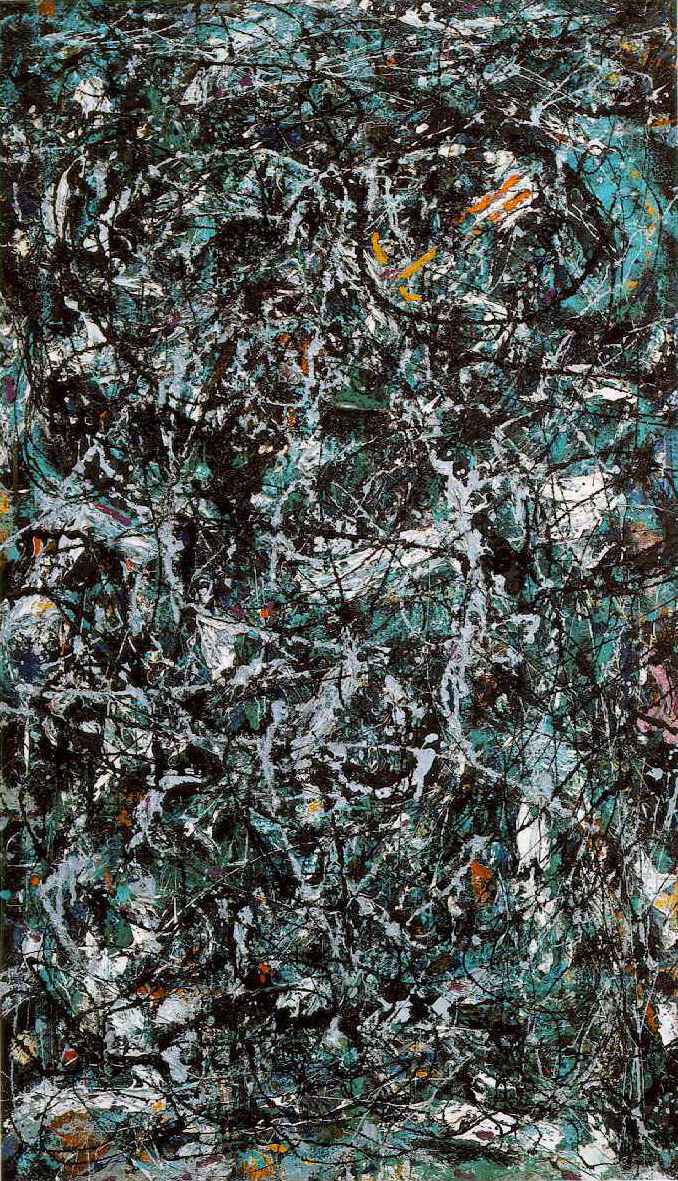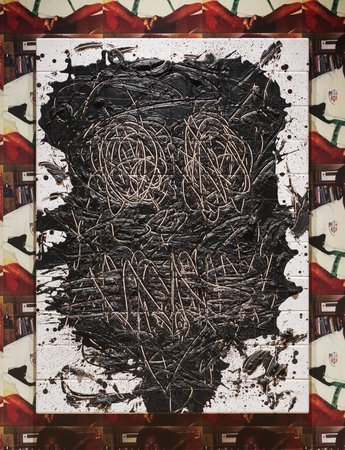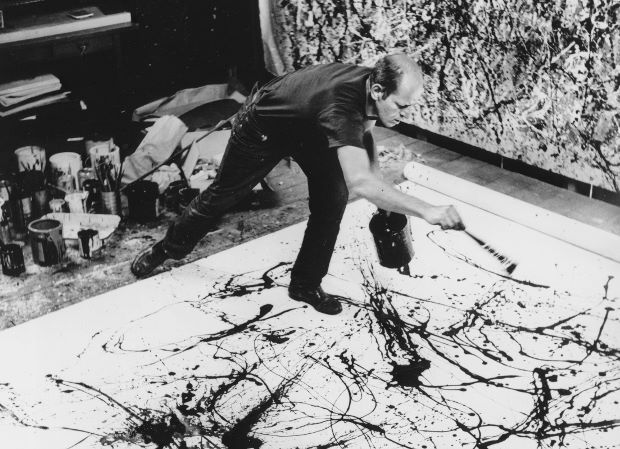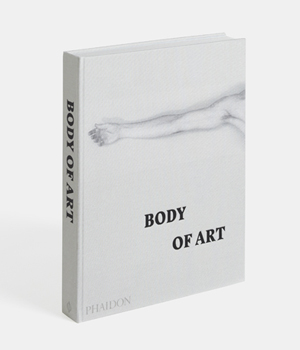
My Body of Art - Rashid Johnson on the hidden depths in Jackson Pollock's Full Fathom Five
The contemporary artist explains why he sees a thread between his work and that of the Ab Ex artist
Do abstract painters capture something of their bodies when they work? While no one is going to mistake a Rothko painting for a self-portrait, many Abstract Expressionists believed they set down a certain personal essence when they laid their strokes onto the canvas. The American contemporary artist Rashid Johnson picks up on this principle in his new exhibition, Anxious Men, on at New York’s Drawing Center until December 20th.
Johnson is better known for his photography, installations and filmmaking. Yet for this Drawing Center show, the artist has focused on a new series of his ‘cosmic slop’ compositions, also entitled Anxious Men.

In these works, Johnson melts and mixes wax and black soap – a beauty product popular in African-American communities – before pouring the mixture on to a tiled surface and incising a highly gestural image. In this Anxious Men series the image is a face.
While the pictures might bring to mind works by Jean Dubuffet or Jean-Michel Basquiat, Johnson sees a direct link between the physical, bodily production of his Anxious Men pictures with Jackson Pollock, the foremost action painter of the 20th Century.
“The idea is really born post-Pollock,” he tells Artspace’s Dlyan Kerr, in the latest of our Body of Art interviews, “where the body becomes a tool. Pollock’s body essentially functions as a brush. From my perspective in art as an artist, the time after that Abstract Expressionist period is when the principles that I continue to adhere to were born. You have the psychological drama of the body as well as the tension of interacting with material—it becomes the instrument for how that material is distributed, but also how the ideas around that material are distributed. The body is kind of forced into whatever position it needs to be in to allow that representation to become accessible.”

The psychological element within Rashid’s work chimes with Pollock’s art; the Abstract Expressionist underwent psychoanalysis and even showed his pictures to his shrink. Similarly, Rashid explains, the anxiety in his hastily scribbled faces lies not only in the men he depicts, but also in the process he uses to produce them.
“There’s something about those pieces that is very much about the anxiety of movement,” he tells Artspace. “You’re dealing with a material that has to be negotiated in a short period of time. The black soap and wax is melted down into a liquid, and after it’s poured you have between five and ten minutes to manipulate it. It’s a very short period of time, and when you’re dealing with this kind of time constraint your body has to engage with the material with a certain speed in order to be able to manipulate it to the place that I like those works to get to. It’s not as if I can think about other things and come back to it - my body is committed to moving in that space during that period of time.”
Johnson’s ideas and processes are supported by the Pollock entry in Body of Art, perhaps more closely than the artist realises. The new book examines one of Jack the Dripper’s best-known paintings, Full Fathom Five.
“Full Fathom Five at first appears to be a chaotic jumble of drips, smears and apparently random paint marks, with detritus such as nails, coins, matches and cigarette butts embedded into its highly textured surface. It is one of first paintings in which Pollock employed his famous ‘action-painting’ technique of pouring, flicking and dripping household paint onto a canvas on the floor as he walked around and across the picture. This method of painting involved the artist’s whole body, not just the hand, and the final composition is a record of his spontaneous physical gestures.

However, Pollock and Johnson’s pictures are more closely allied than a simple gallery visit might initially suggest, as beneath the abstract upper layers of Pollock’s canvas there lies something quite like one of Johnson’s Anxious Men, trapped under the artist’s subsequent strokes. Here’s the text from Body of Art again:
“Buried deep beneath the thick layers of paint [on Full Fathom Five], there lies a different body. An X-ray has revealed the presence of a figure, standing with parted legs, whose pose ostensibly determines the placement of the found objects across the painting’s encrusted surface. The final composition is actually the result of the extensive over-painting of an earlier, semi-figurative work.”

For greater insight into the body’s role in contemporary art from the earliest works through to the present day, buy a copy of Body of Art here.